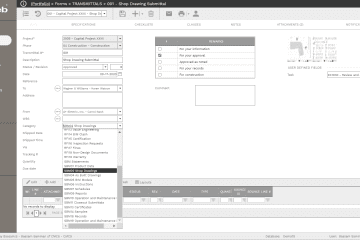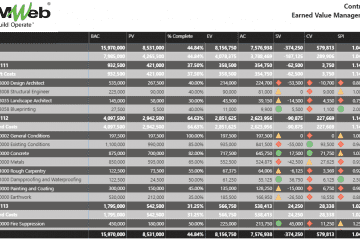Warranties for a capital project typically start with the substantial performance of the work or on the date of beneficial occupancy. Any extended warranties typically start at the expiration of the contractor’s one or two-year warranty that covers all the work. As part of the final submittals, the contractor typically provides a letter of warranty for the entire work. Letters from vendors and subcontractors are only required if the specifications have called for extended warranties for products such as windows, roofing materials, mechanical systems, etc. In these cases, the contractor is required to obtain these warranties for the owner, and a direct contractual relationship between the owner and the respective subcontractor or supplier will occur after the initial warranty. The Construction Specification Institute (CSI) Specification section 01 78 00, Closeout Submittals details the requirements for obtaining, verifying, and monitoring the contractor warranties. The contractor needs to prepare a Warranty Register. Copies of all warranties and extended warranties shall be provided to the project owner. The register enables the identifying all warranties that are due to expire and if actions are needed to renew the warranty certificate.
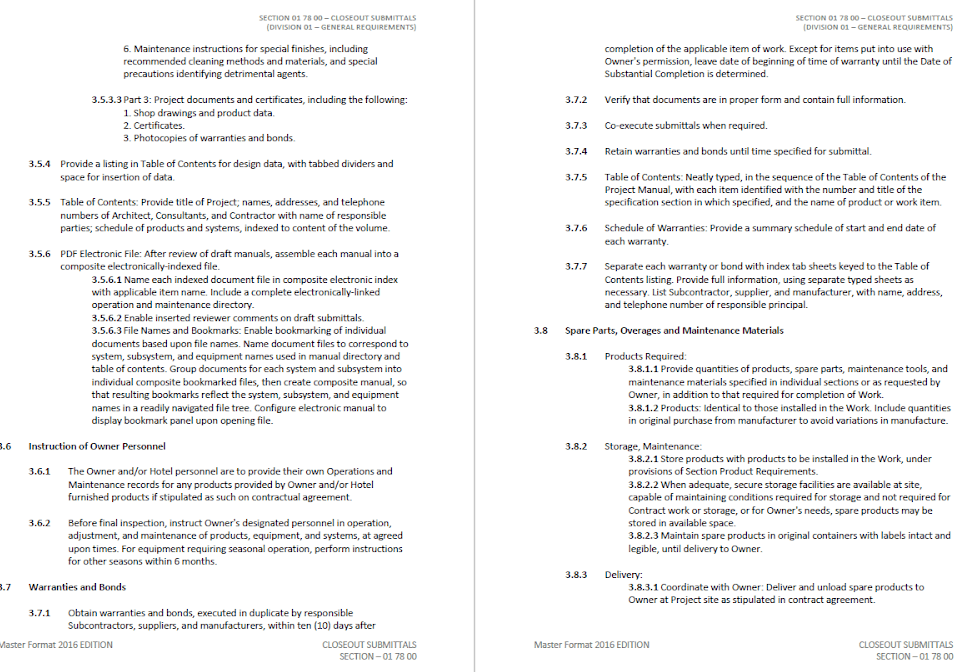
Using a Project Management Information System (PMIS) like PMWeb enables managing the warranties of all equipment, products, and systems that are part of the completed project. The PMWeb Equipment module captures the warranty details of all equipment, products, and systems. To start with, PMWeb allows the creation of a location breakdown structure to detail the zones, levels, and rooms or spaces of the project and where equipment, product, or system will be located (Red Frame). In addition, the details of each piece of equipment, product, or system such as ID, name, type, status, and whether the equipment is a component of a building system (Blue Frame). The Orange Frame captures additional details on each piece of equipment, product or system, subcontractor or vendor name, equipment or product brand when the equipment was received, and the warranty expiry date among others. In addition, PMWeb allows adding additional information that could not be available by default, such as contract reference numbers among others.
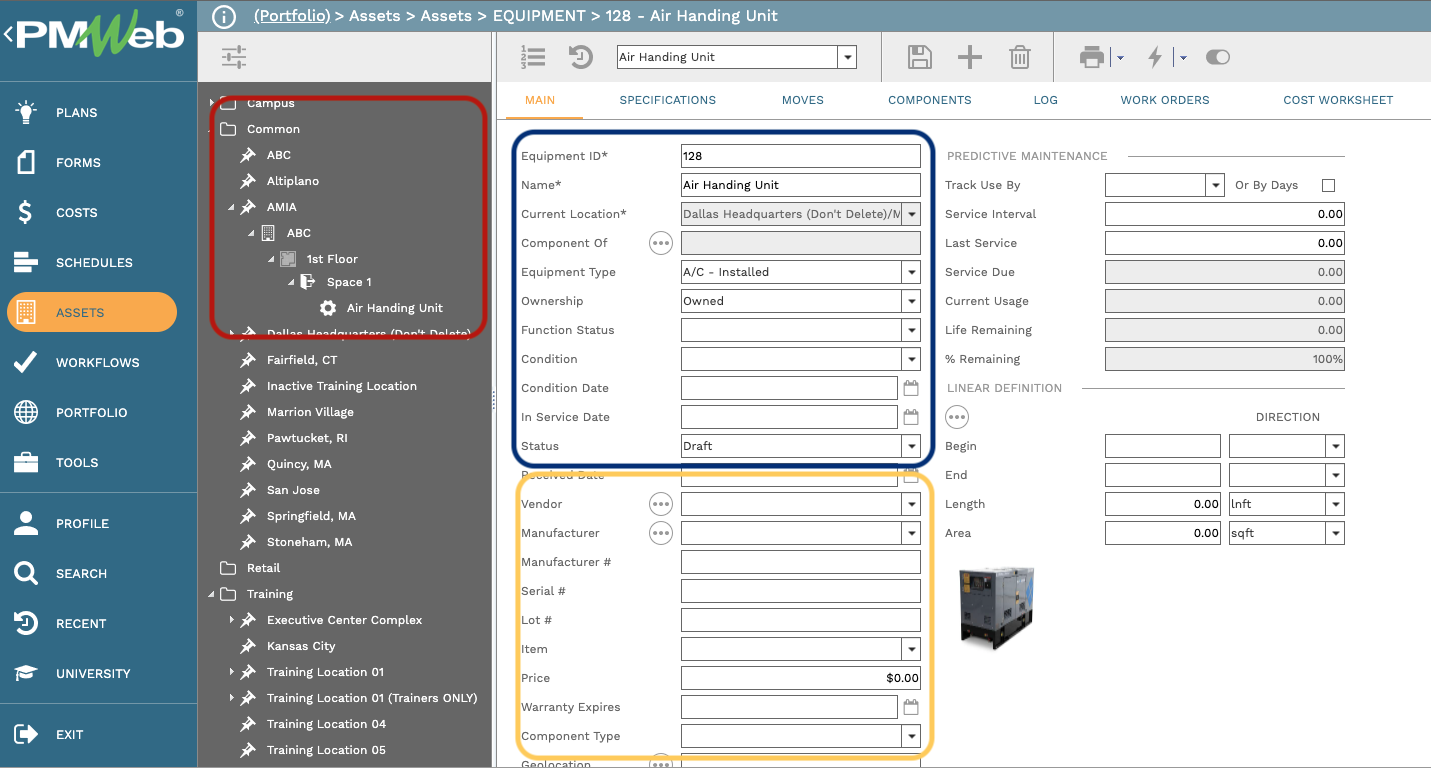
The attachment tab allows attaching pictures of equipment, products, or systems, brochures, operations and maintenance manuals, warranty certificates, as-built drawings, testing and commissioning checklists, and certificates among others. The images of equipment or products can be selected to be displayed on the equipment page as shown in the green frame by selecting the display option.
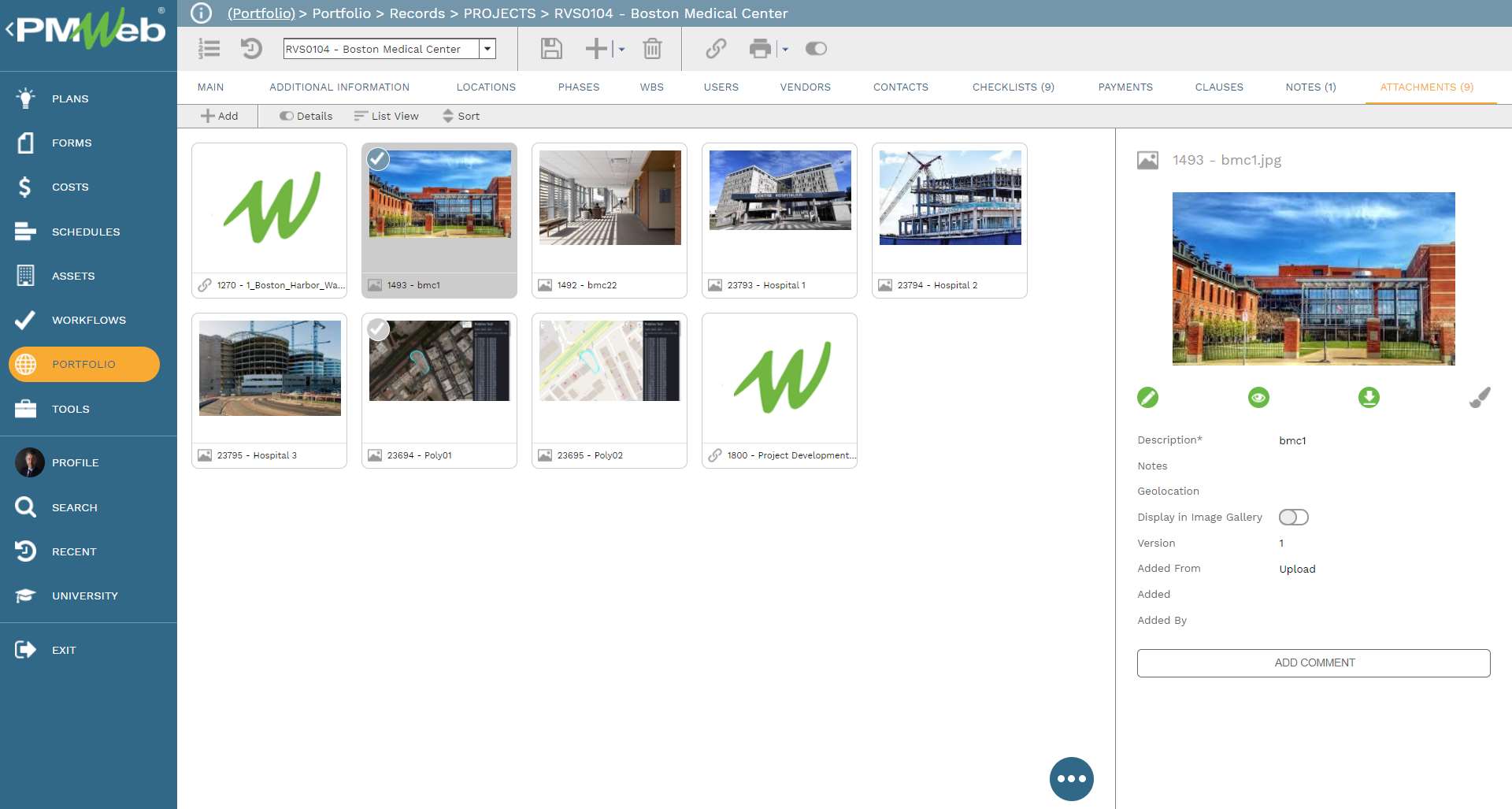
The Warranty Register report will use the data captured in the Equipment module to provide a comprehensive list of all equipment, products, and systems warranty certificates that need to be monitored and tracked by the project owner. The most important field on this report is the Days to Expire field which is a calculated field that will calculate the difference between “Today’s Date” and the warranty certificate’s “Expiry Date”. The field background will be colored in “Red” for those certificates that are due to expire in 60 days or less, “Cyan” for those that are due to expire in 90 days, and “Green” for those certificates that have more than 90 days to expire.

